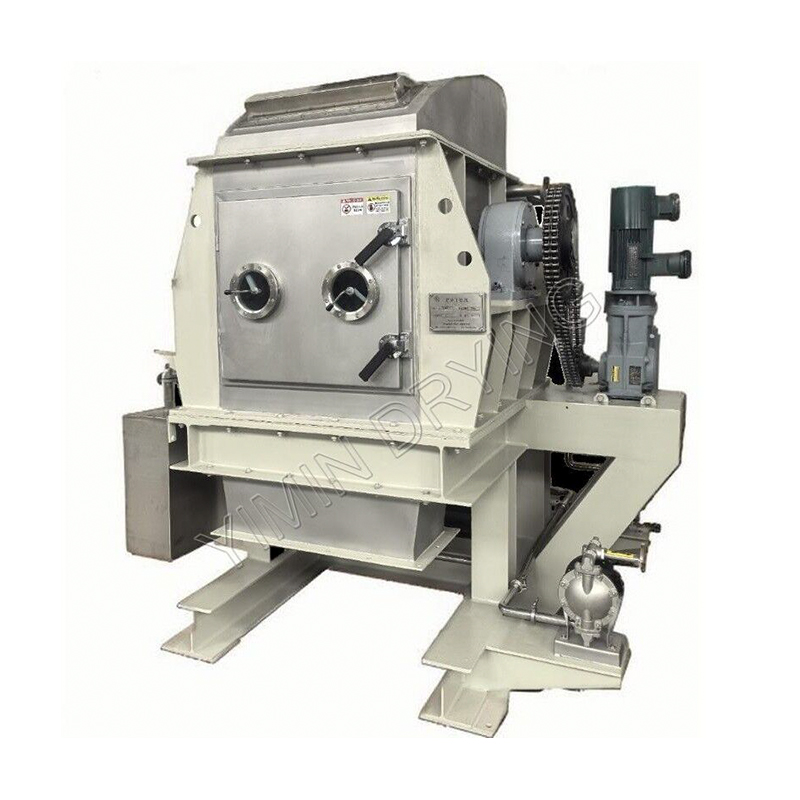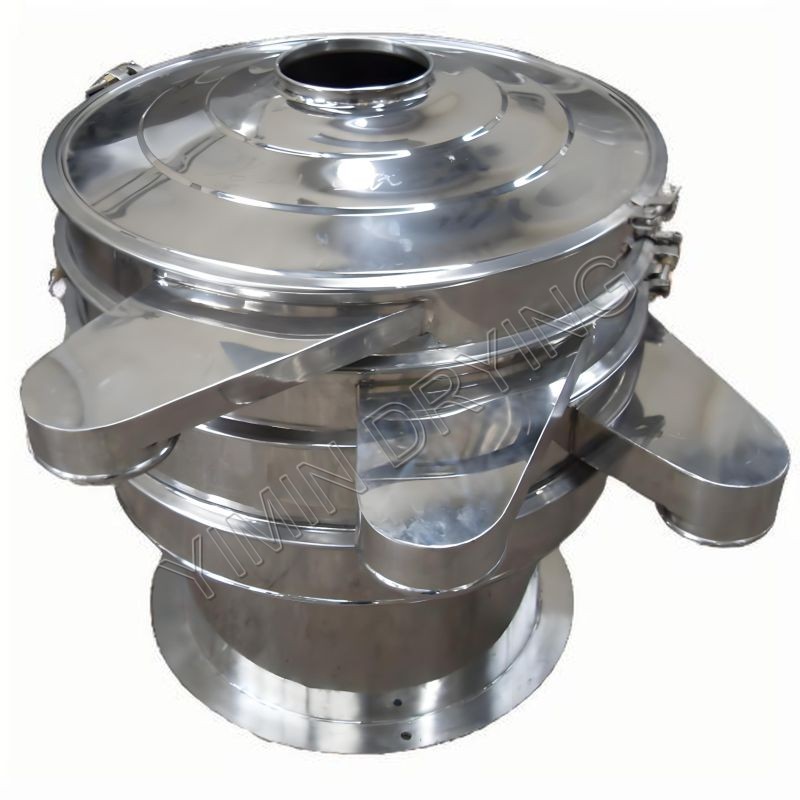Industrial Dryer Faults and Solutions
Industrial dryers are essential equipment in countless manufacturing and processing facilities, from textile and food production to pharmaceuticals and chemical processing. Their primary function is the efficient removal of moisture or solvents, which is critical for product quality, safety, and shelf-life. However, like any complex machinery, industrial dryer systems are susceptible to various faults that can lead to costly downtime, product loss, and energy inefficiency. Understanding the common issues and their corresponding solutions is vital for maintaining peak operational performance.
Common Industrial Dryer Faults and Troubleshooting
Industrial dryer faults often manifest in three main areas: thermal performance, mechanical integrity, and control system issues.
1. Poor Drying Performance (Product Quality Issues)
This is perhaps the most obvious and critical fault. The product exits the dryer with residual moisture content that is too high or, conversely, is over-dried.
| Fault | Possible Causes | Solutions |
|---|---|---|
| High Residual Moisture | Insufficient heat input, inadequate airflow, excessive feed rate, or blocked ventilation/filters. | Increase Heat/Temperature: Check and calibrate burners, heating elements, or steam coils. Optimize Airflow: Inspect and clean air filters, fans, and ductwork for obstructions or leaks. Adjust Feed Rate: Reduce the material feed rate to allow more retention time. |
| Over-drying/Product Damage | Excessive heat input or insufficient material flow (too long retention time). | Reduce Heat/Temperature: Calibrate and adjust temperature set points. Increase Feed Rate: Ensure consistent and appropriate material flow through the dryer. |
| Uneven Drying | Poor material distribution, inconsistent airflow patterns, or faulty drum/belt alignment. | Check Distribution: Verify spreaders or feed mechanisms are working correctly. Inspect Airflow: Balance air distribution vanes and confirm fan operation. Mechanical Check: Ensure drum or belt is level and rotating/moving uniformly. |
2. Mechanical Failures and Vibrations
Mechanical faults often present as excessive noise, vibration, or complete immobilization of the moving parts (drums, conveyors, fans).
| Fault | Possible Causes | Solutions |
|---|---|---|
| Excessive Vibration/Noise | Worn bearings, unbalanced fan or drum, loose mounting bolts, or misalignment in couplings. | Replace Worn Parts: Conduct regular inspections and proactive replacement of bearings, belts, and gears. Balancing: Perform dynamic balancing on fans or drums. Tighten and Align: Check and re-torque mounting bolts and ensure perfect coupling alignment. |
| Drum/Belt Stoppage | Motor failure, gearbox malfunction, damaged belt/chain drive, or material build-up causing jamming. | Motor and Gearbox Inspection: Diagnose electrical supply and motor windings; check oil level and wear in the gearbox. Clear Jams: Safely shut down and remove any accumulated material or foreign objects causing the jam. |
| Overheating Bearings | Insufficient or incorrect lubrication, contamination, or excessive load. | Lubrication Schedule: Strictly adhere to the manufacturer’s specified lubricant type and schedule. Load Reduction: Investigate and correct any root cause of excessive mechanical stress. |
3. Control System and Electrical Issues
Modern industrial dryer operation relies heavily on sophisticated sensors, Programmable Logic Controllers (PLCs), and Variable Frequency Drives (VFDs).
| Fault | Possible Causes | Solutions |
|---|---|---|
| Temperature Control Inaccuracy | Faulty thermocouples/RTDs, uncalibrated transmitters, or controller malfunction. | Calibration and Replacement: Test and recalibrate temperature sensors; replace faulty components. Check Wiring: Inspect signal wiring for damage or interference. |
| Motor Tripping/Overload | Electrical fault (short/ground), motor drawing excessive current due to mechanical binding, or incorrect overload relay settings. | Electrical Diagnosis: Use a multimeter to check for insulation breakdown or voltage imbalance. Check Mechanical Load: Ensure the motor load is within specification; address any mechanical jamming or excessive resistance. Adjust Protection: Verify that the motor overload protection relay is set correctly for the motor’s full-load current (FLA). |
| Inconsistent VFD Performance | Harmonic distortion, improper parameter settings, or internal component failure. | Harmonic Mitigation: Install line reactors or filters if high harmonics are present. Parameter Verification: Review and correct VFD programming parameters to match the motor and application requirements. |
Proactive Maintenance: The Ultimate Solution
While reactive troubleshooting is necessary, the most professional and cost-effective solution is a robust preventive and predictive maintenance (PPM) program.
- Vibration Analysis: Regularly monitoring the vibration signatures of fans, motors, and drums can predict bearing failures or unbalance issues weeks or months in advance, allowing for scheduled, non-emergency maintenance.
- Thermal Imaging: Using infrared cameras to check electrical panels, motor casings, and especially bearings can identify potential hotspots indicative of high resistance or excessive friction.
- Airflow Audits: Periodic measurement of static pressure and air velocity ensures the ventilation system is moving the specified volume of air, which is fundamental to drying efficiency.
- Calibration Checks: Critical sensors (temperature, pressure, moisture) must be regularly calibrated against traceable standards to ensure accurate process control and consistent product quality.
In conclusion, maintaining an industrial dryer requires a holistic approach that integrates mechanical, thermal, and electrical expertise. By implementing proactive monitoring and swift, accurate troubleshooting, facilities can maximize uptime, ensure product integrity, and achieve optimal energy efficiency.



 English
English русский
русский عربى
عربى Türk
Türk





